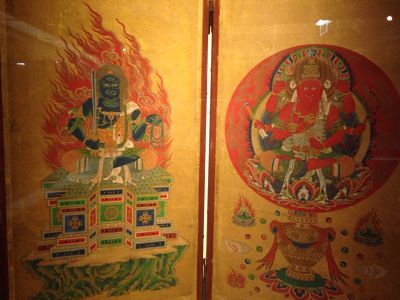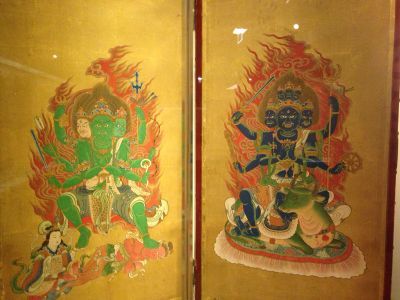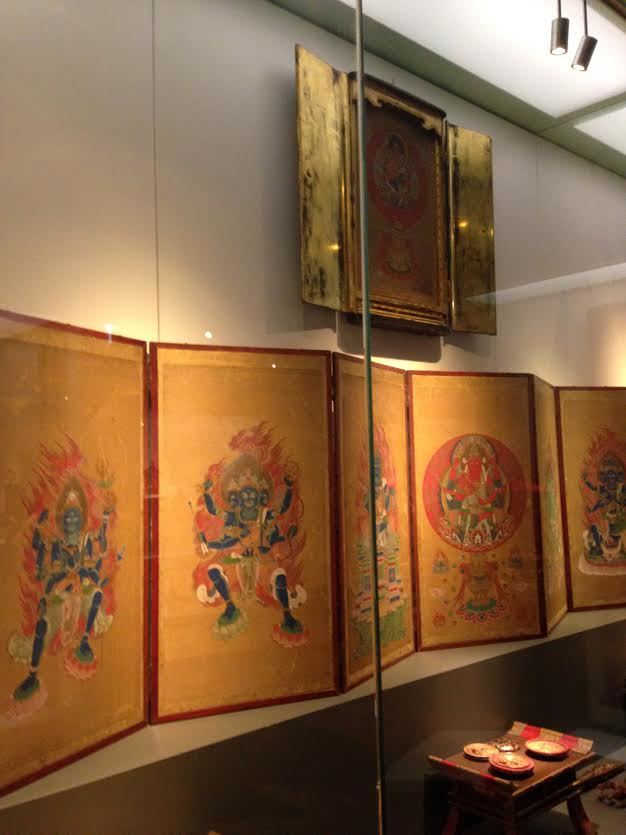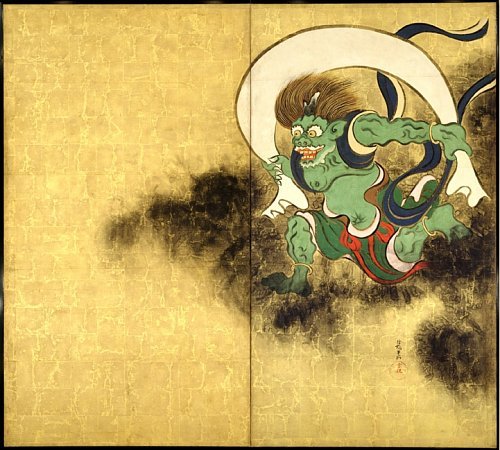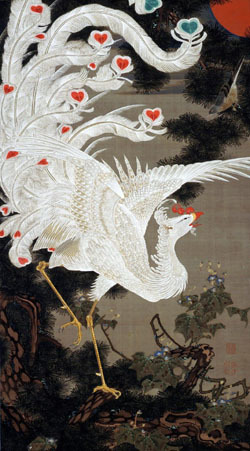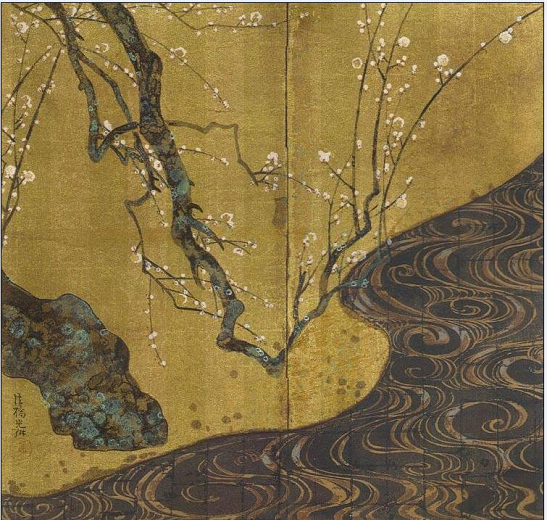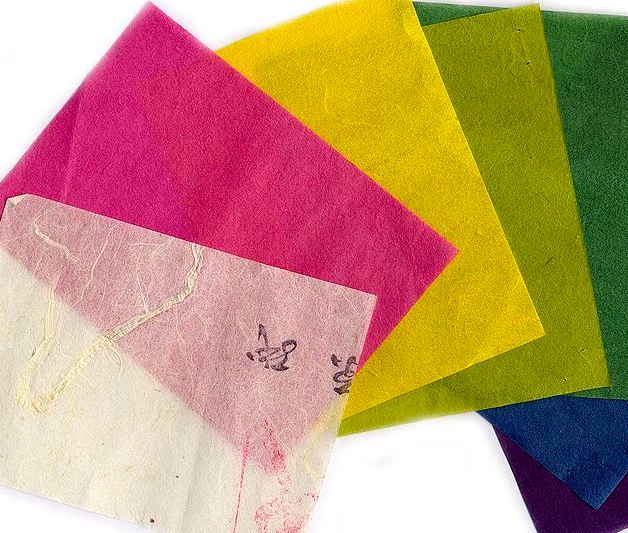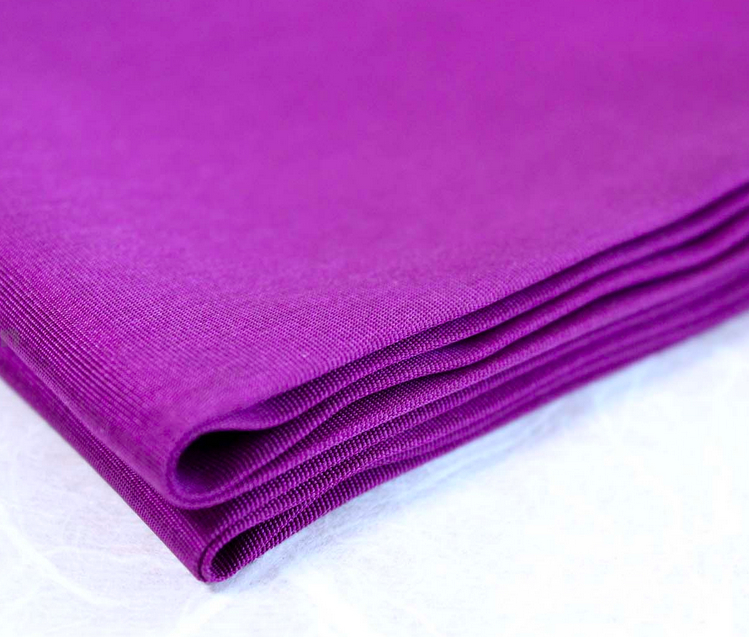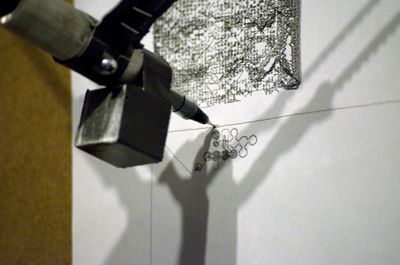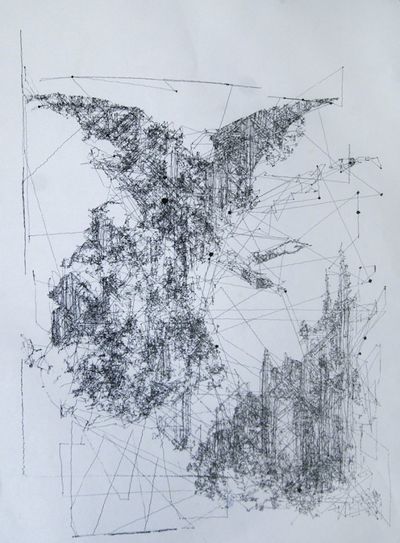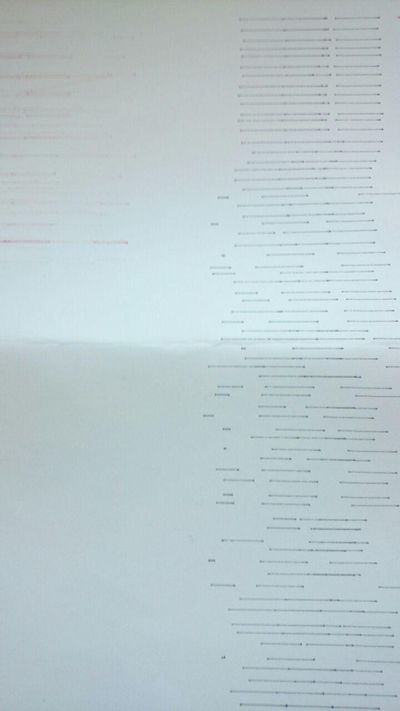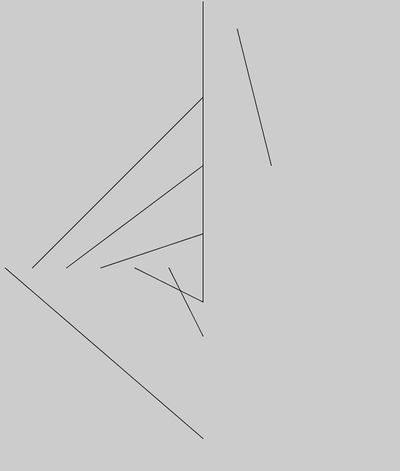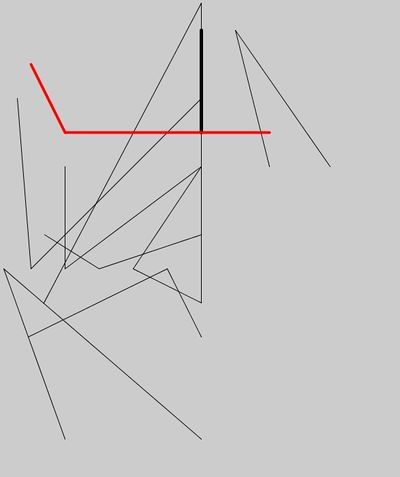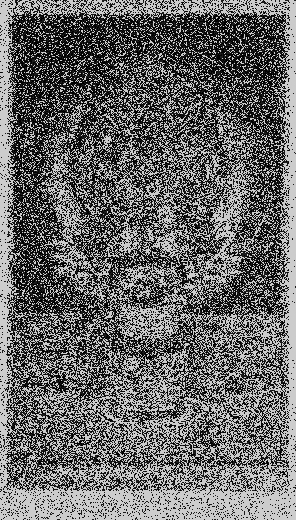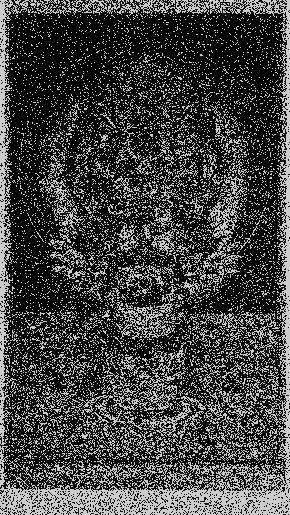User:Bess Krairat
+ Fantastic Forgeries + |
| SIXFOLD SCREEN DEPICTING THE WRATHFUL KINGS OF LIGHT AN KING OF PASSION |
| Japan 19th century, Edo period, 1603 - 1868 Silk with pigments and gold, wood |
| Japan The worship of the five Wrathful Kings of light, of whom Fodu is the principal, plays an important part in Japanese tantric Buddhism. Although they posses boundless compassion, they are depicted in their fearsome shapes in order to terrify and drive away the demons in ourselves the dangerous monsters called hate, greed, ignorance, jealousy and all their kin. The sixth king is the fiery-red Aizen, God of sensual lust (fourth panel from left). This rare sixfold table screen was opened only once a year for ritual use. |
| + RESEARCH + |
| The Edo period is a continuation of the the Azuchi-Momoyama period. During the early Edo period, many of the previous trends in painting continued to be popular. In the early Edo period was the Rimpa school, which used classical themes, but presented them in a bold, and lavishly decorative format. Sōtatsu in particular evolved a decorative style by re-creating themes from classical literature, using brilliantly colored figures and motifs from the natural world set against gold-leaf backgrounds. A century later, Korin reworked Sōtatsu's style and created visually gorgeous and unique works. |
|
Technique
|
| + INSPIRATION + |
| For this project I have chosen for this painting because I was fascinated by the illustrations and the materials. I think that to illustrate with so much detail was difficult in that time. I like how the artists were inspired by the non-physical and used their imagination to make it come to live, visual on paper. They created something we can grasp.
|
| + EXPERIMENT + |
